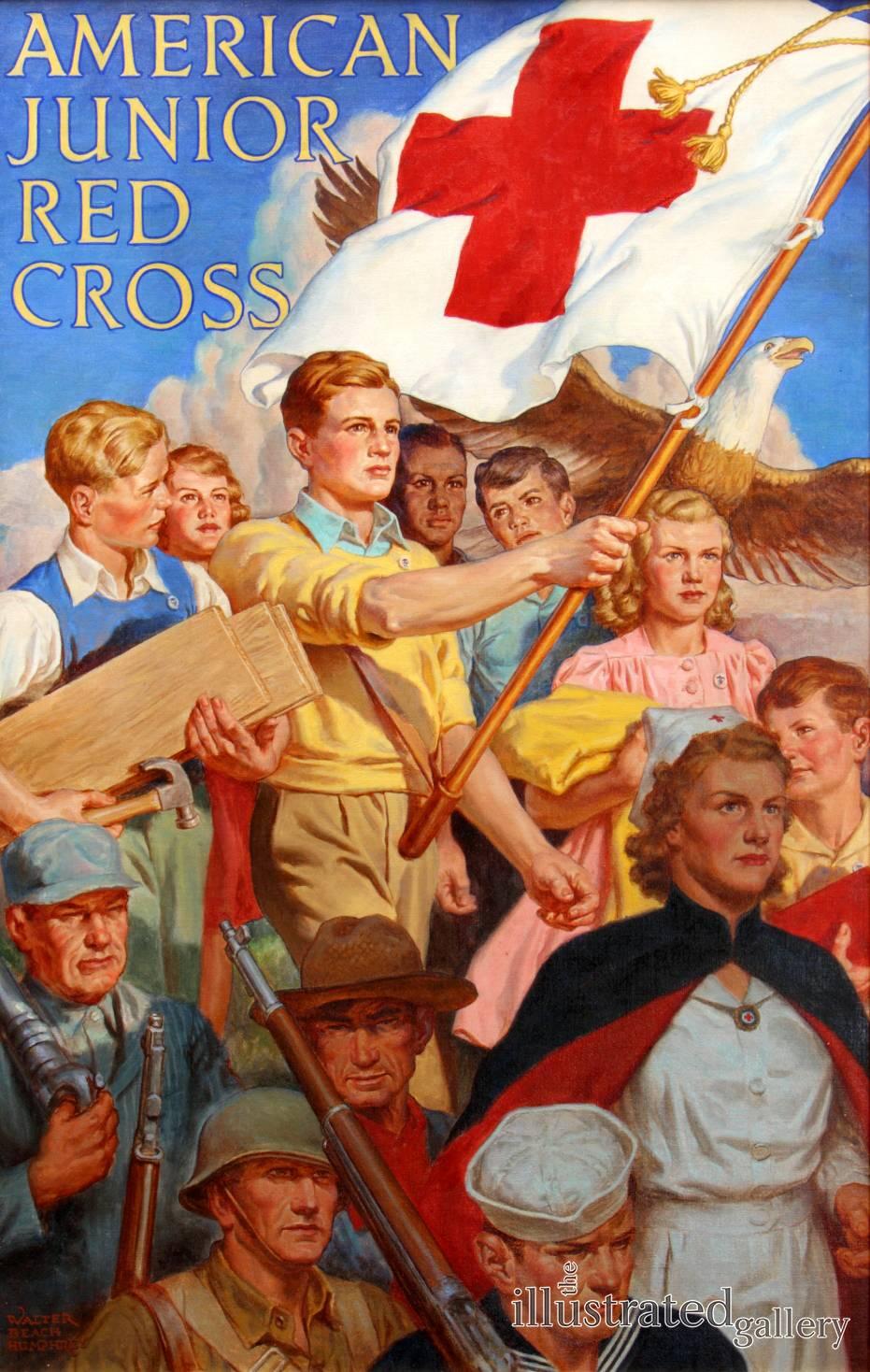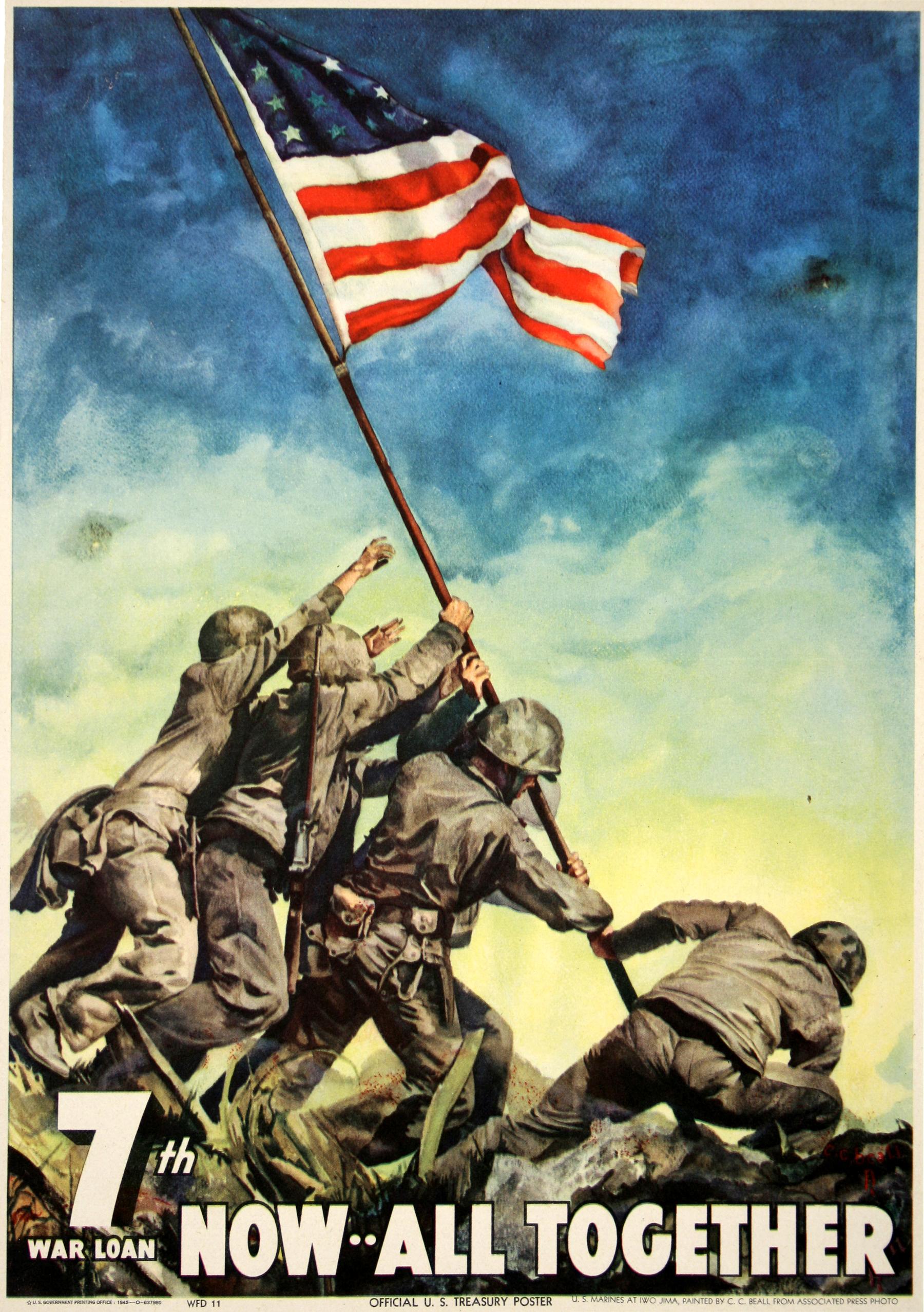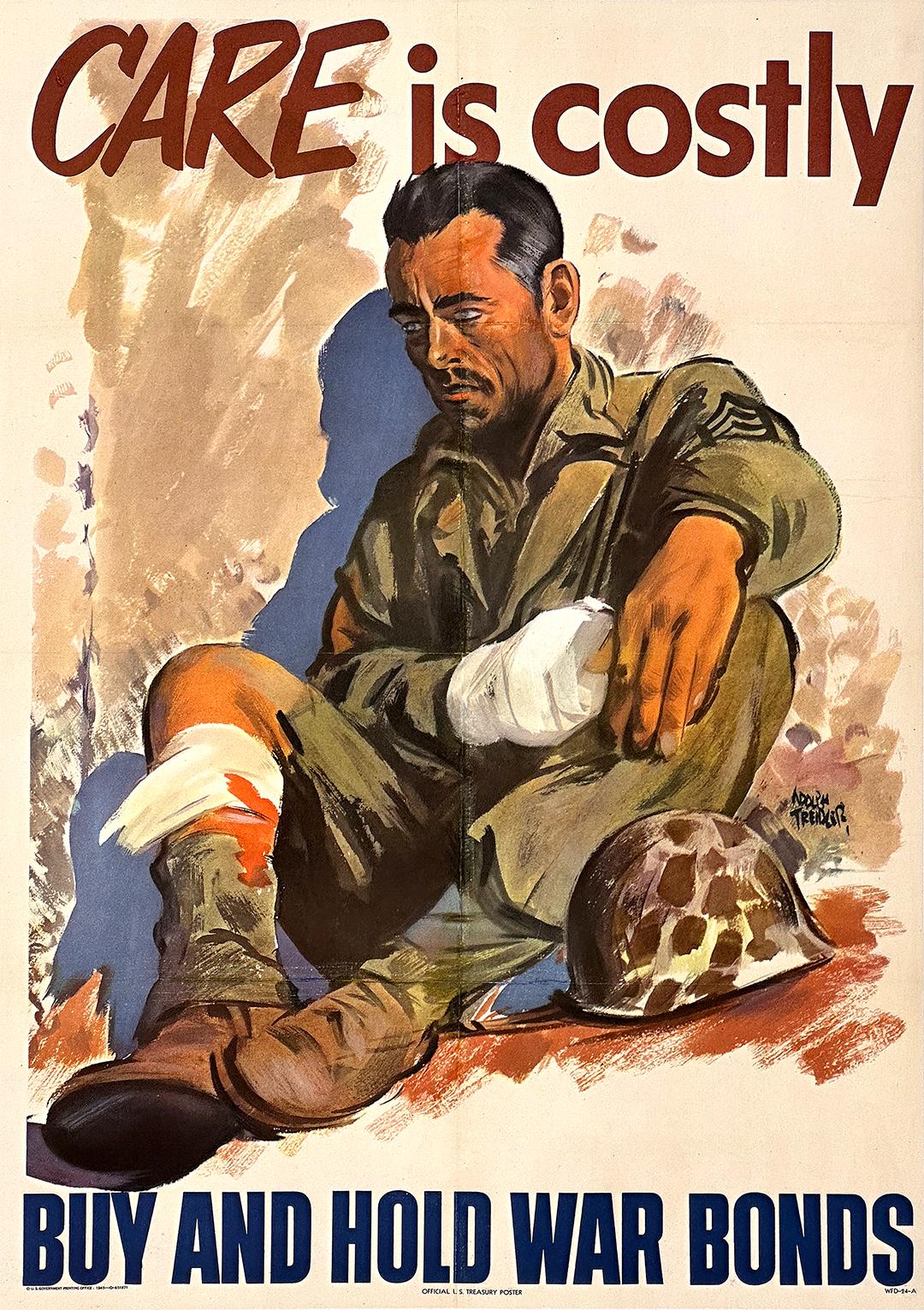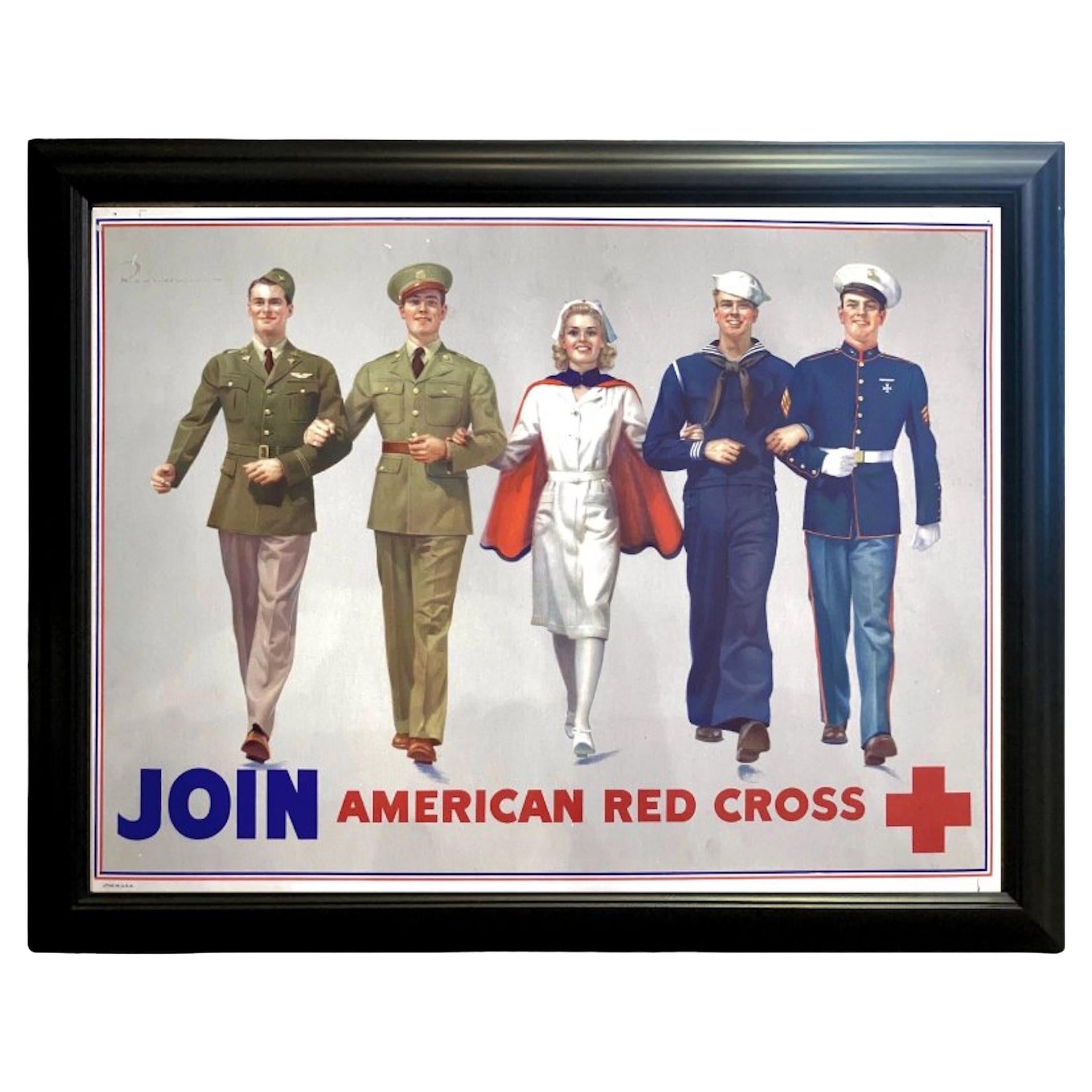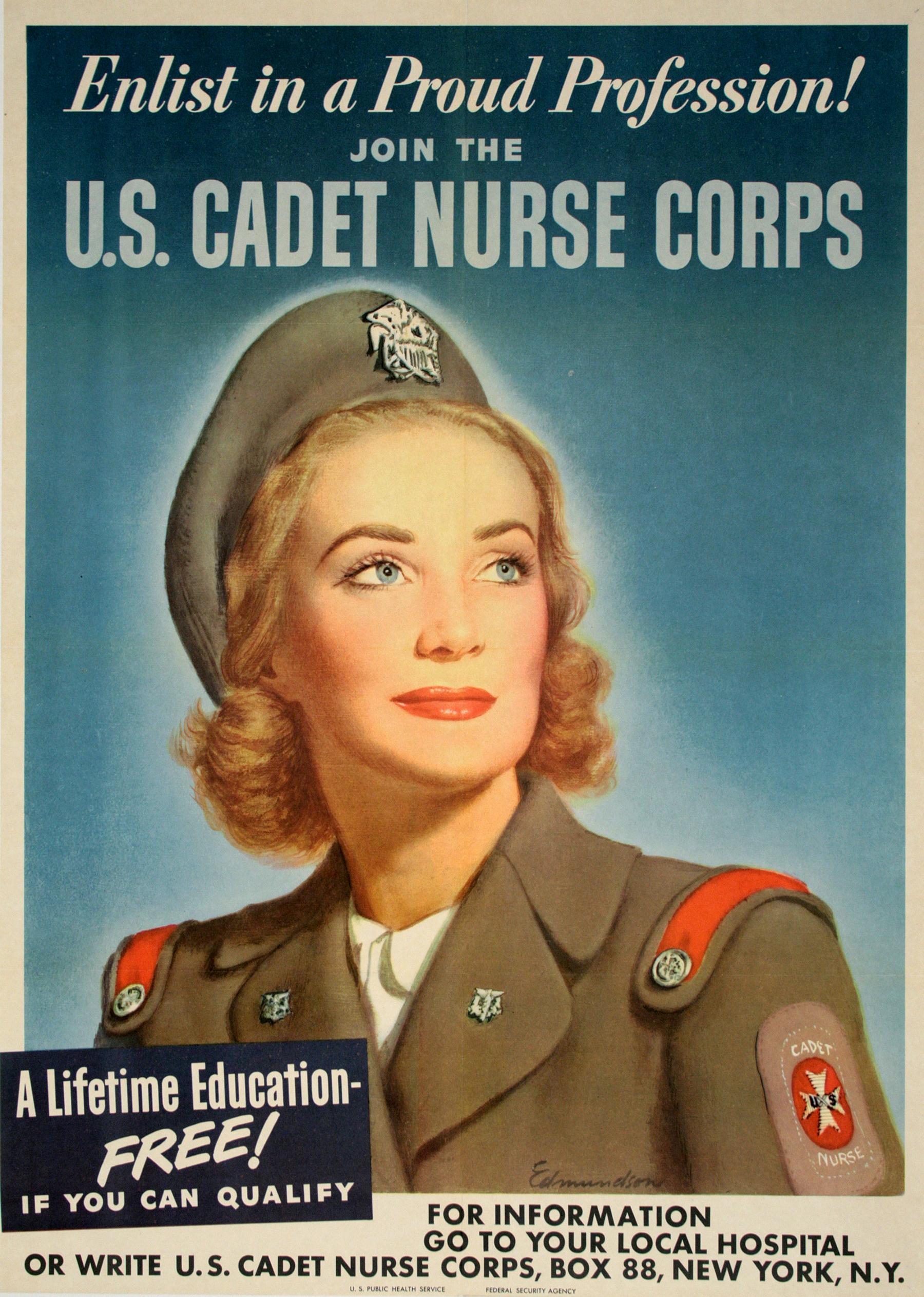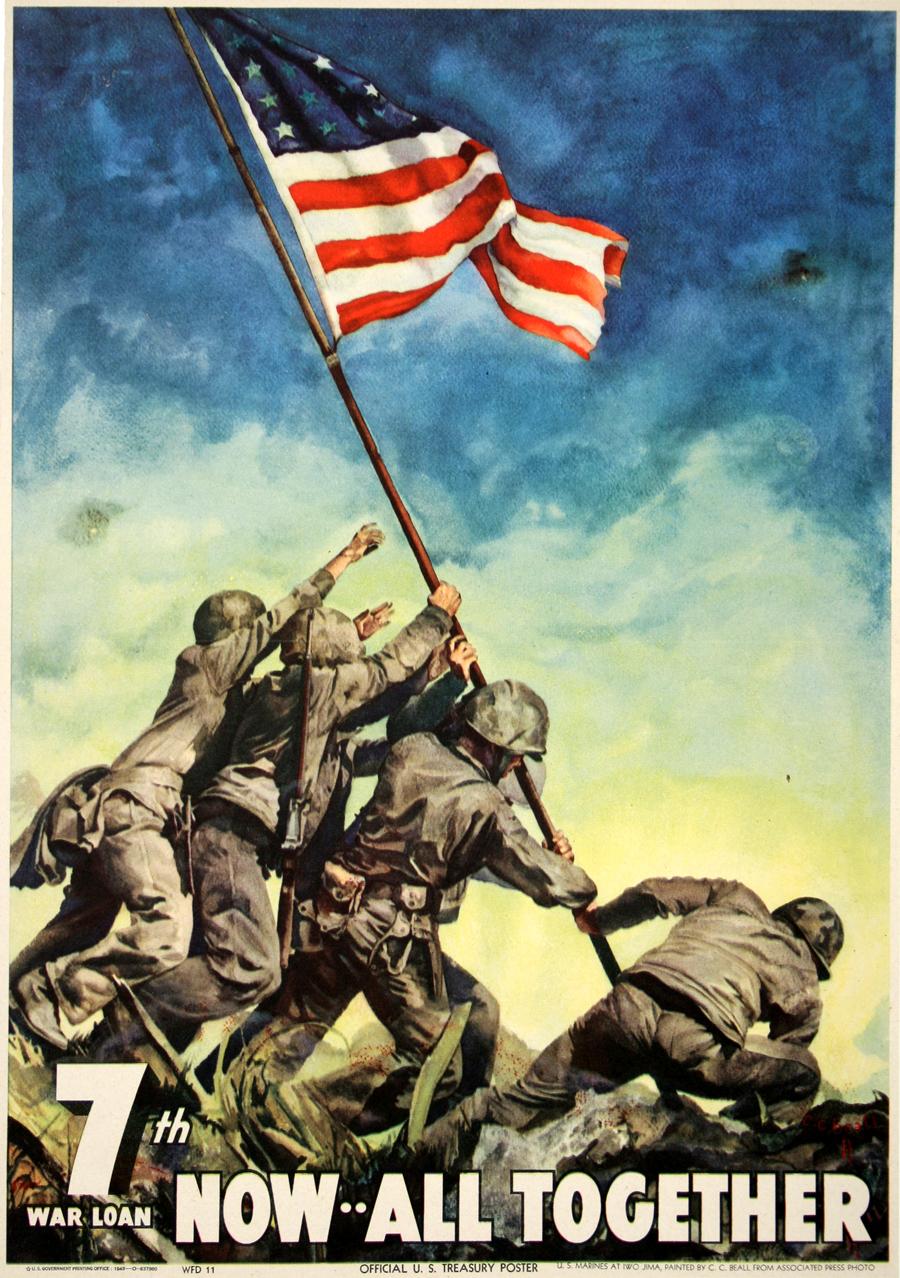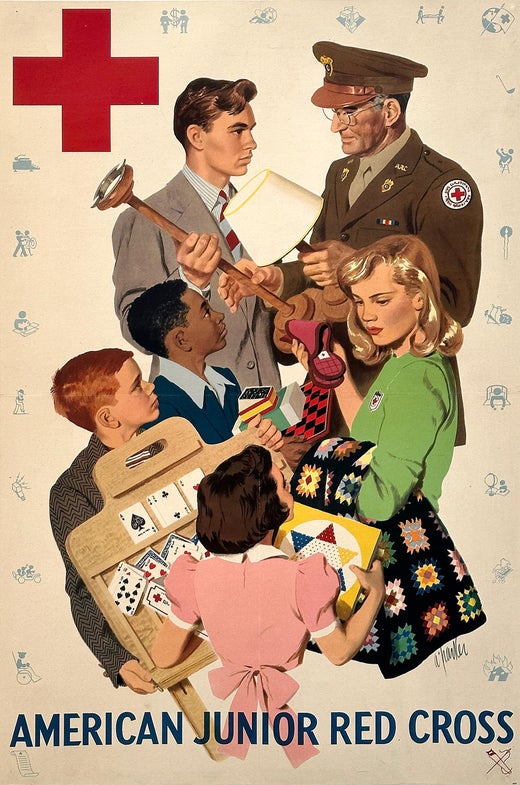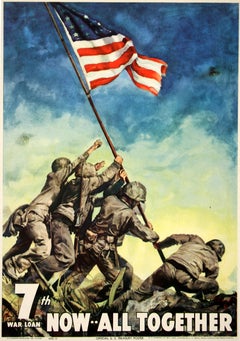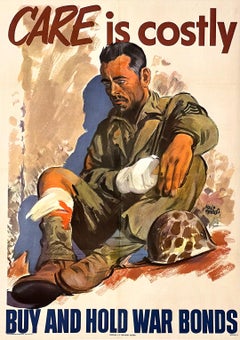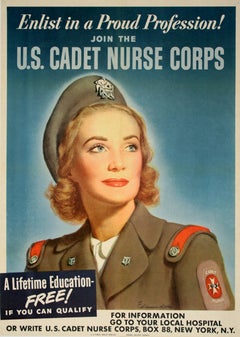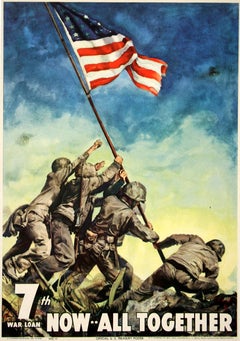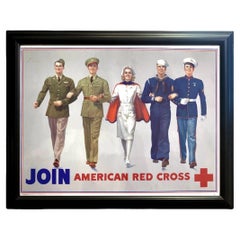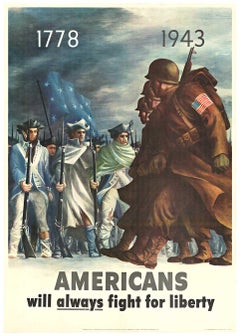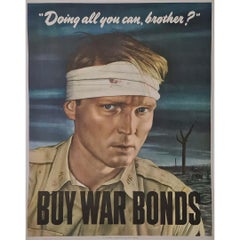Al ParkerOriginal Vintage American Junior Red Cross WWII Poster by Al Parker 19441944
1944
About the Item
- Creator:Al Parker (1905 - 1985, American)
- Creation Year:1944
- Dimensions:Height: 22.5 in (57.15 cm)Width: 14.5 in (36.83 cm)
- Medium:
- Period:
- Condition:
- Gallery Location:Boca Raton, FL
- Reference Number:Seller: 138641stDibs: LU2560215898052
Al Parker
Al Parker was born on October 16, 1906, in St. Louis. He was one of America's greatest and most inventive illustrators. He worked for magazines such as, Chatelaine, Collier's, Ladies' Home Journal and Woman's Home Companion. Starting in 1938, he produced a total of 50 covers over a 13-year period for the Ladies' Home Journal. He also did magazine assignments for Cosmopolitan, Good Housekeeping, McCall's, The Saturday Evening Post, Sports Illustrated, Town and Country and Vogue. Along with Norman Rockwell, he was one of the founding faculty members for the Famous Artists School. He was elected to the Society of Illustrators’s Hall of Fame in 1965.
- ShippingRetrieving quote...Shipping from: Boca Raton, FL
- Return Policy
More From This Seller
View All1940s Prints and Multiples
Lithograph
1940s Prints and Multiples
Lithograph
1940s Prints and Multiples
Lithograph
1940s Prints and Multiples
Lithograph
1940s Prints and Multiples
Lithograph
1940s Prints and Multiples
Lithograph
You May Also Like
1940s Figurative Paintings
Canvas, Oil
Vintage 1940s American Mid-Century Modern Posters
Paper
1940s American Modern Figurative Prints
Offset
1940s Prints and Multiples
Lithograph, Paper, Linen
1910s American Impressionist Portrait Prints
Lithograph
1940s American Realist Portrait Prints
Offset
